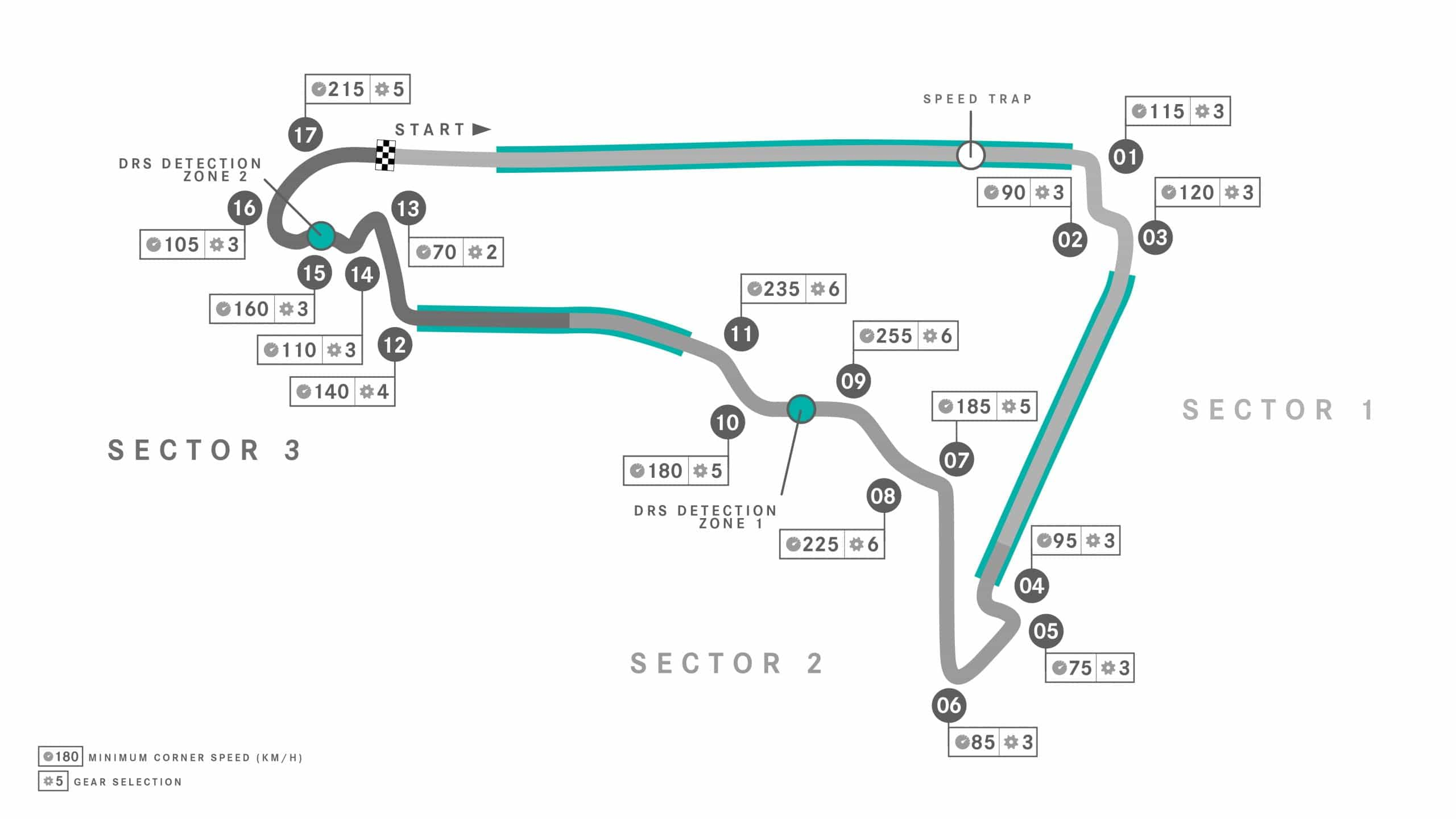Mexican Grand Prix: Which Teams Hopes Will Vanish Into Thin Air?
The 2021 Formula 1 season is down to its final five races. Max Verstappen holds a 12-point advantage over Lewis Hamilton in the Drivers’ Championship title race. With this weekend’s Mexican Grand Prix expected to favor Verstappen’s Red Bull car, the Dutch driver is 4/6 to score on Sunday. He is an even shorter 4/9 to secure the Drivers’ Championship for the first time.

Charles Leclerc started from pole position when Formula 1 last raced in Mexico. ©GettyImage
Verstappen won this race in 2018 and 2017. Hamilton took the checkered flag in 2019 and 2016. The Brit was also runner-up in 2015. However, 2021 has seen his Mercedes team in a real dog fight with a much-improved Red Bull outfit and historical course form does not account for much.
Mexico’s Unique Altitude Challenge
The big talking point this weekend is ‘altitude’. Many of the Formula 1 tracks on the calendar are close to sea level. In Zaandvort’s case, very close – the circuit sits opposite a beach! Consequently, air density and altitude are similar at most circuits.
But Mexico is unique. It has the highest altitude of any circuit and by some way. Situated 2,285 meters above sea level, it sits five times the height of Kuala Lumpur’s Petronas Twin Towers. Until 2004 the highest buildings in the world, the Petronas Twin Towers themselves are five times higher than London’s Big Ben. We are talking some serious height.
When it comes to the highest altitudes of other Formula 1 tracks, none come close. In fact, the Mexico City venue is located nearly 1,500 meters higher than the next circuit on the list, Interlagos. The Brazilian venue is 800 meters above sea level.
So, while the weather and temperatures experienced at the Mexico City Grand Prix are not vastly different from other race weekends, the atmospheric conditions are unique. They provide teams with some rare challenges to tackle.
The Added Pressures
The higher you are in the atmosphere, the thinner the air is. This is because air has weight and so the closer you are to sea level, the more the air is being compressed downwards, meaning denser air and more air particles. In Mexico, 2,285 meters above sea level, there is around 25 percent less air density compared to sea level. Resultantly, there is also a quarter less oxygen.
Altitude impacts everything that we do and what a Formula 1 car does. There are many crucial factors that ensure cars operate correctly, three of which are: aerodynamics, cooling and engine combustion. These elements are greatly impacted by the amount of air available to them and therefore, less air means differing performance.
Unquestionably different cars will be affected by the effects of the altitude in different ways this weekend. Some will fare better than in previous races, some will fare worse. We believe Ferrari will be one of those to benefit.

Mexico’s Autódromo Hermanos Rodríguez has a unique feature – extreme altitude. ©MercedesF1
Forgotten Ferrari
In a season where the Verstappen/Hamilton title battle has claimed all the headlines, it is easy to forget the performance of others.
Lando Norris so nearly won the Russian Grand Prix and has claimed four podium finishes. His McLaren team is clearly on its way back up the Formula 1 pecking order after some barren years. Compared to this stage last season, his team has 52 more world championship points, an increase of over 25 percent.
But Ferrari has been transformed in 2021. With 250.5 world championship constructors’ points – despite failing to win a race – they have almost doubled their tally from this point last year. That ‘point’ is 17 completed races.
Downforce and New Engine Bonuses
There is every indication the Italian team will enjoy a great weekend and make further gains on Sunday. That assessment is based on 2019 Mexican Grand Prix data which shows the Ferrari cars were faster than their rivals in both speed-trap detection points.
Naturally, this does not always convert into race results, but the team did start this race first and second on the grid and ultimately finished second and fourth. The Covid-19 pandemic meant there was not a Mexican Grand Prix last year.
Two years later it would appear the Mexican elements are still conducive to a good Ferrari performance. The car was exceptionally quick in Azerbaijan and Monaco earlier this season. Charles Leclerc took pole position at both venues.
This indicates the car remains effective on high downforce circuits and it will generate more grip than many rivals in ‘thin air’ Mexico. As an added bonus, both Ferrari drivers – Carlos Sainz and Charles Leclerc – have recently installed new and improved engines into their cars.
The Best Bets
Ferrari will surely leave Mexico with something. That could be bragging rights of topping the timesheets in a practice session, a pole position, the distinction of fastest race lap, some silverware, or even the race win.
As usual, the best online bookmakers are offering a smorgasbord of betting opportunities on this Formula 1 contest. Shopping around for the very best odds, at the prices here are our top picks for the weekend:



